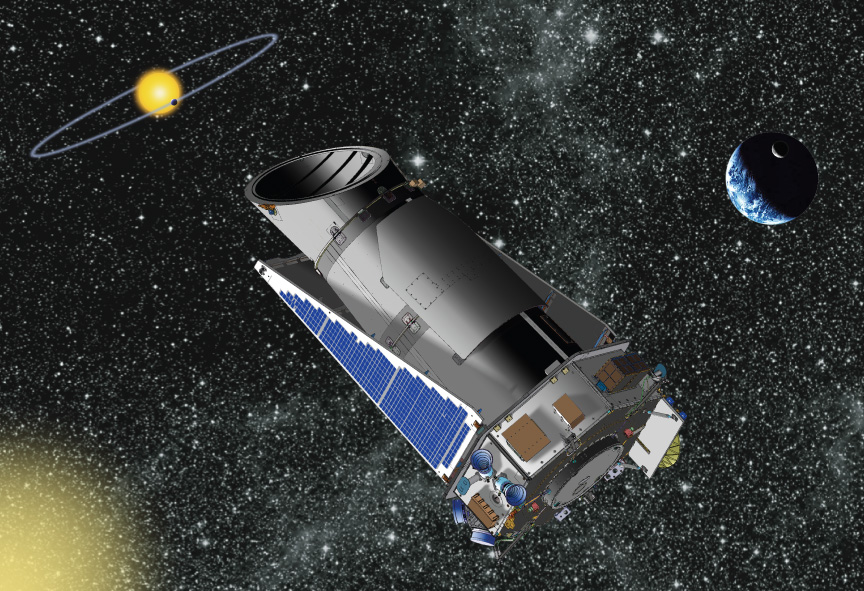Astronomy 101
- Introduction to Astronomy
- The Solar System
- Stars and Galaxies
- The Milky Way and Other Galaxies
- Telescopes and Observatories
- The Sun and the Moon
- The Earth and the Sky
- Space Exploration
- Astrobiology
- Space-Time and Relativity
- Black Holes and Neutron Stars
Astrobiology
Module 9, Unit 2: The Search for Extraterrestrial Life

Life that does not originate from Earth.
The search for extraterrestrial life is one of the most exciting and controversial areas of modern science. It is a multidisciplinary field that combines elements of astronomy, biology, and geology to explore the possibility of life beyond Earth.
The Concept of the Habitable Zone
The search for life begins with the search for habitable environments. The habitable zone, also known as the "Goldilocks zone," is the region around a star where conditions might be just right—neither too hot nor too cold—for liquid water to exist on the surface of a planet. This concept is based on the assumption that life as we know it requires water.
The Study of Exoplanets
Exoplanets, or extrasolar planets, are planets that orbit stars outside our solar system. The first exoplanet was discovered in 1992, and since then, thousands have been identified. Some of these exoplanets are located in their star's habitable zone and have conditions that could potentially support life.
NASA's Kepler mission, launched in 2009, has been instrumental in the discovery of exoplanets. Kepler uses the transit method to detect exoplanets. When a planet passes in front of its star, it causes a slight dip in the star's brightness. By monitoring these changes in brightness, scientists can detect the presence of a planet.
The Search for Microbial Life on Mars
Mars is a primary focus in the search for extraterrestrial life due to its proximity to Earth and its geological history. Evidence suggests that Mars once had a warmer, wetter climate and liquid water on its surface, making it a promising candidate for past or present life.
NASA's Mars rovers, including Spirit, Opportunity, Curiosity, and the recently launched Perseverance, have been exploring the Martian surface to study its geology and search for signs of past microbial life. They have found evidence of ancient riverbeds and lake beds, and complex organic molecules that are the building blocks of life.
The Search for Extraterrestrial Intelligence (SETI)
The Search for Extraterrestrial Intelligence (SETI) is an effort to detect signals from intelligent life elsewhere in the universe. SETI researchers use large radio and optical telescopes to scan the sky for signals that could not be produced by natural astronomical sources.
While no definitive evidence of extraterrestrial life has been found yet, the search continues. The discovery of even microbial life beyond Earth would have profound implications for our understanding of life's existence in the universe.